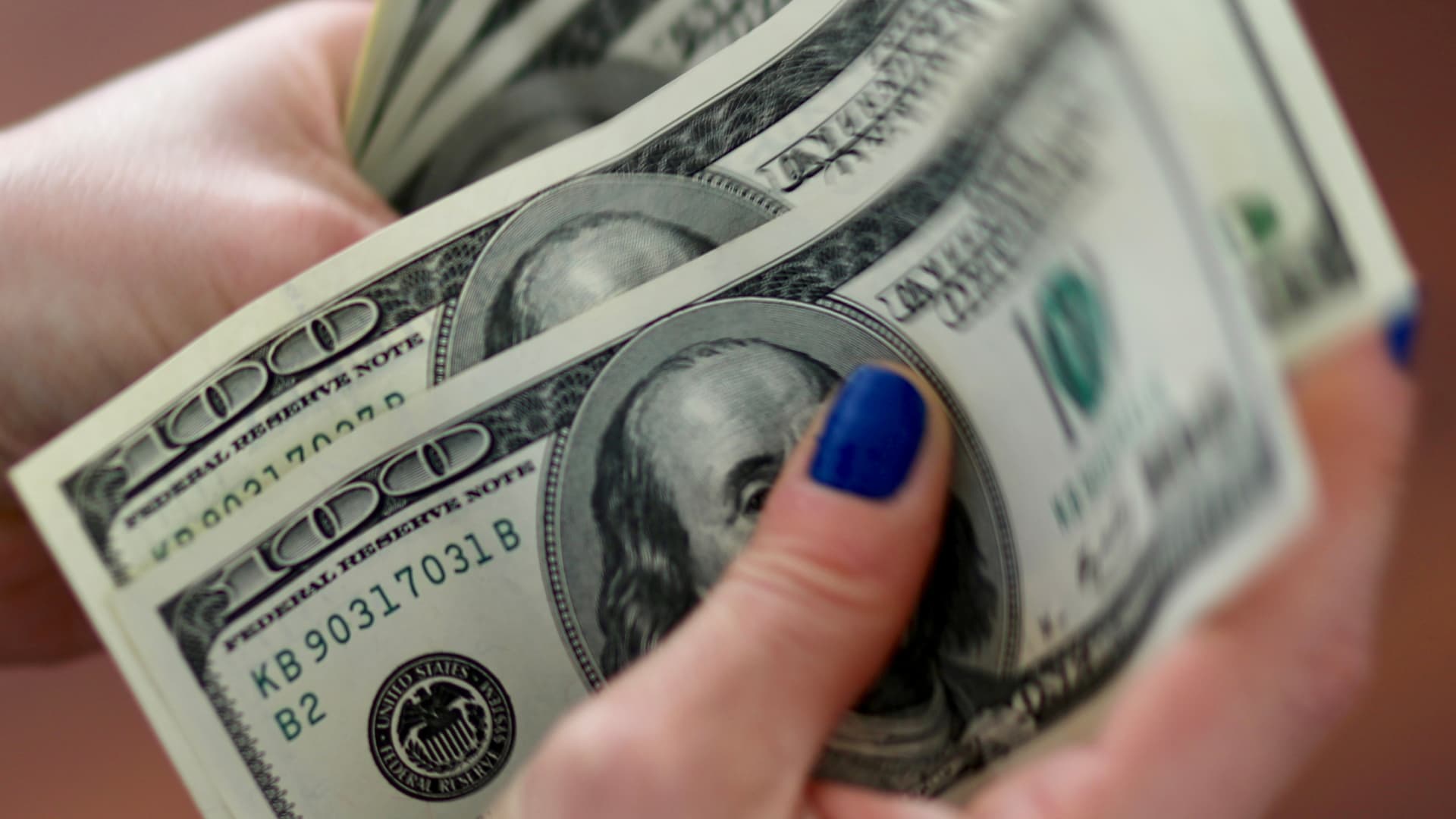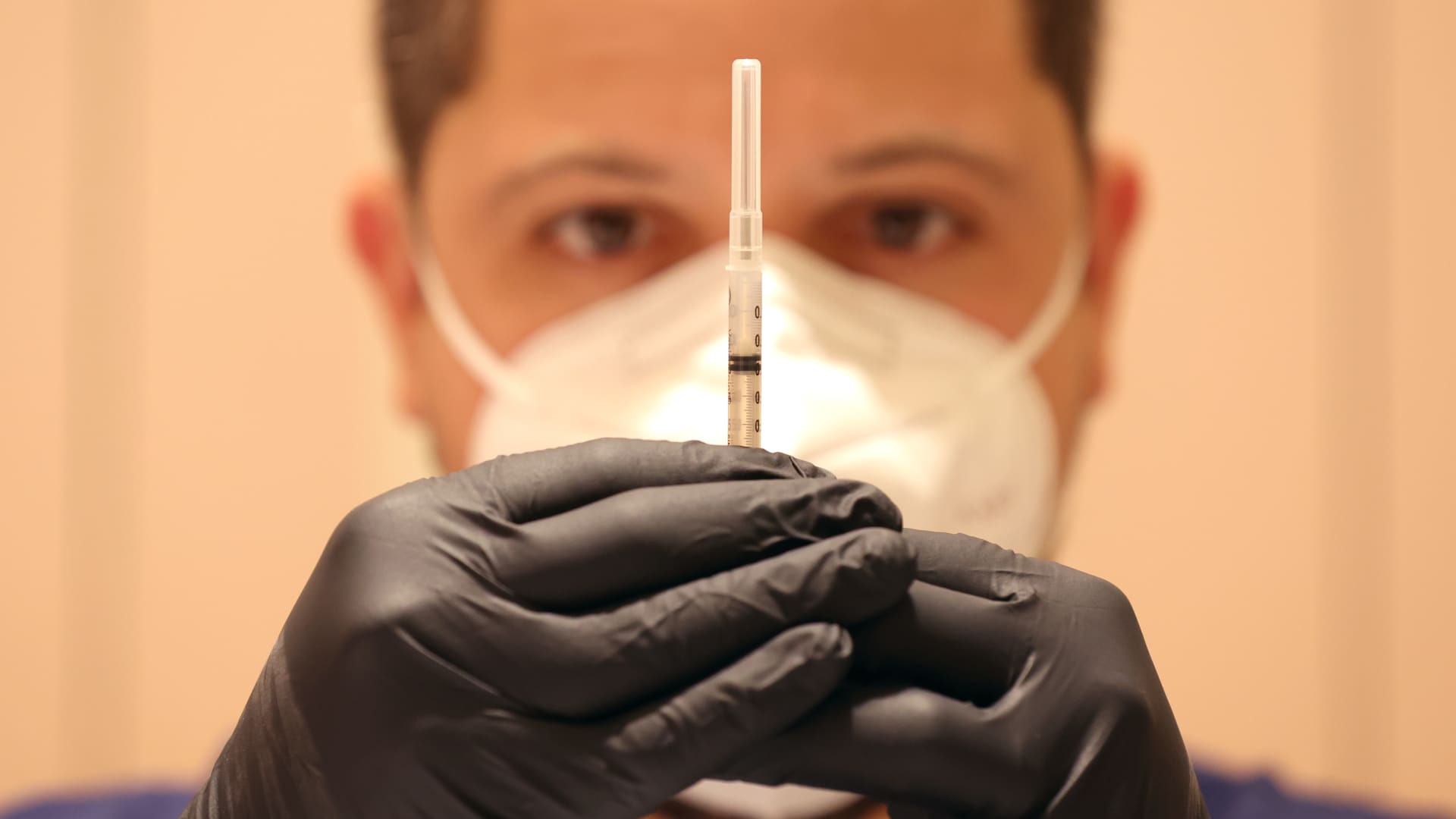US Markets
Tuesday, August 30th, 2022 10:30 am EDT

“It will be enough for us to start talking realistically about purchasing a home,” said Dara Zucker, 28, of student loan forgiveness.
Zucker and her fiancé have been looking for a house in Tampa, Florida. They budgeted $250,000 for a 1,400-square foot home, but between the unpredictable housing market and her $38,877 student loan balance, “we had to put that on hold.”
If $10,000 of her debt is forgiven, as expected, “I think it will become more realistic,” she said.
More from Investor Toolkit:
3 tips for paying down your credit card balances
House Democrats calling for Social Security reform
Investors are flocking to green energy funds
Borrowers could see ‘an extra $150 to $300 a month’
The burden of student loans has been blamed for holding Americans back from buying homes, starting families and saving for retirement.
Now that the Biden administration has wiped out hundreds of billions of dollars in education debt and proposed a new income-driven repayment plan that could cut monthly payments in half for undergraduate loans, many borrowers will have lower monthly payments, or none at all.
This “gives borrowers a chance to achieve their goals,” said Jaylon Herbin, a policy and outreach manager at the Center for Responsible Lending. That’s particularly true for women and Black borrowers, who carry higher balances after graduating, he said.
“Canceling student debt will bridge that racial wealth gap and give people the opportunity to start a business, have a family and purchase that first property or home,” Herbin said.
Considering the average student loan payment, forgiving $10,000 per borrower means “an extra $150 to $300 a month in their budget,” according to Herbin. That opens the door to “go ahead and obtain wealth and assets,” he said.
The White House also expects the average annual student loan payment will be lowered by more than $1,000 for current and future borrowers after the new cap on income-driven repayment plans.
‘It’s not just a windfall, it’s an opportunity’
Consider the milestones you want to achieve going forward.
“For many Americans this will be transformational, for others it will just be a drop in the bucket of what they owe,” said Brian Powell, a professor of sociology at Indiana University and co-author of “Who Should Pay?”
Either way, any amount of money that has been freed up can be put to good use, so start with a plan of action, advisors say.
It’s not just a windfall, it’s an opportunity.Rose Niangdirector of financial planning at Edelman Financial Engines
“When you have a plan in place, you are less likely to throw that money away,” said Rose Niang, director of financial planning at Edelman Financial Engines.
“It’s not just a windfall, it’s an opportunity,” she said. “It’s an opportunity to propel yourself to the next level; it’s an opportunity to better your financial life.”
With the extra cash back in their monthly budget, more than half, or 53%, of borrowers said they would use it to pay off other loans, followed by saving for retirement, investing, buying a home or traveling, according to a CNBC survey of over 5,000 adults in August conducted online by Momentive.
Here’s what advisors say are the top ways to use that money:
1. Pay down other debt
One of the greatest advantages of loan forgiveness is the flexibility to use that money to pay off any other outstanding high-interest loans, particularly pricey credit card balances, added Carter Seuthe, CEO of Credit Summit.
“Given that credit card interest rates are often significantly higher than those associated with student loan interest rates, you should pay extra attention to this type of high-interest debt,” he said.
Average credit card rates are currently near 18%, which is an all-time high, and could be closer to 20% by the end of the year.
“With interest rates going up, that debt is only going to get more expensive,” Niang said.
2. Start an emergency fund
“An emergency fund will help avoid debt traps and maintain your peace of mind,” Seuthe said.
Transferring money that would previously have gone toward your monthly student loan payment into a savings or money market account could go a long way toward building up a cash cushion to reach those long-term goals.
Most financial experts recommend having at least six months’ worth of expenses set aside in an emergency fund. However, Niang advises clients to save closer to 12 months, considering surging inflation and a clear slowdown in the economy.
“A looming recession could impact employment,” she said. “If you have a job that is pretty recession proof, then maybe you need three months. If you have a very specific job that is highly impacted by the recession, then definitely having 12 months is what we would recommend.”
3. Increase your retirement contributions
If you already have a decent emergency fund, then consider your retirement savings.
“If student debt has affected your ability to save for retirement, use the additional monthly income not spent on student loans to open or contribute to an individual retirement account, 401(k) or other retirement savings plan,” said Dan Casey, founder of Bridgeriver Advisors in Bloomfield Hills, Michigan.
Aim to put away 10% of your income for retirement, Casey said. “If you have a company plan, at least be contributing enough to get the employee match,” he added, which will help you reach that goal.
If you don’t have a retirement account, open a Roth IRA, he advised. Account holders can withdraw their contributions at any time without taxes or penalties if, for example, they want to use the money for a down payment on a house down the road. (There is a maximum IRA contribution limit of $6,000 for 2022.)
Once you’ve paid down debt and your short- and long-term savings are in good shape, then “consider putting some of the money you’d use on student loans towards a reward — maybe a trip or something you’ve always wanted to buy,” Casey said.
“The stress of having student loans has likely taken a toll,” he said. “Give yourself a little gift.”
This post has been syndicated from a third-party source. View the original article here.




